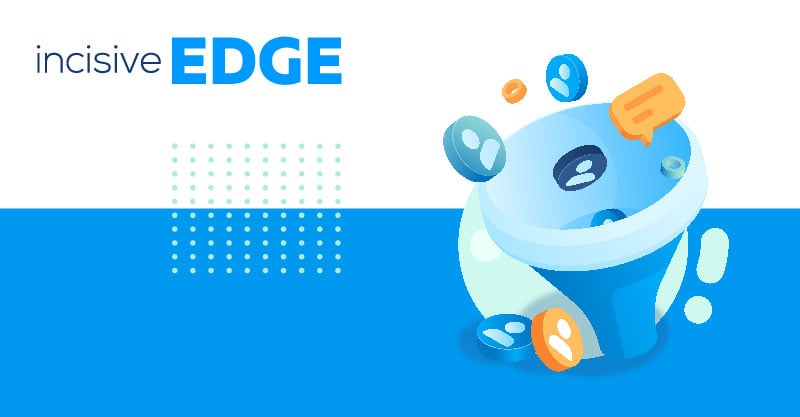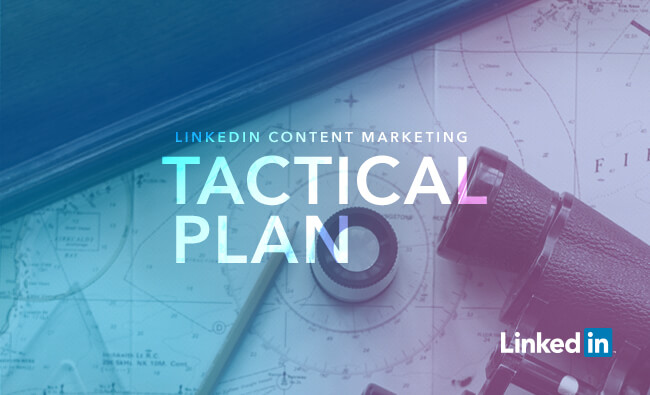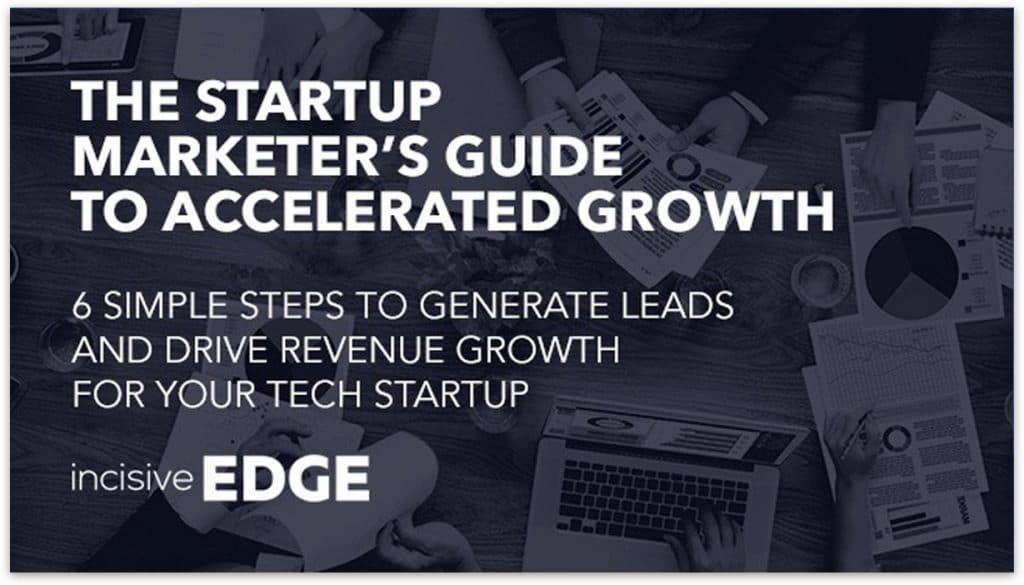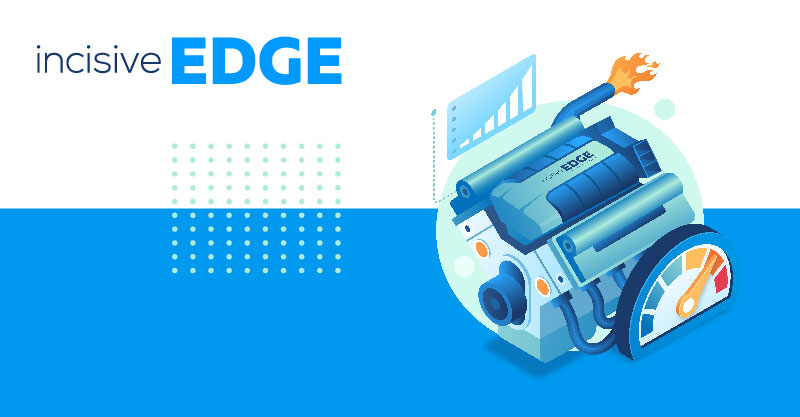With 80% of the fasting growing B2B companies engaging in intensive content and inbound marketing, having your own inbound strategy is something you can’t afford to ignore.
Nowadays B2B buyers engage in longer buying cycles, featuring an average of 12 separate online searches, so there’s more need than ever for businesses to produce and promote quality, enriching and valuable content.
What is the difference between B2B and B2C Marketing?
As you know, B2B is Business to Business Marketing and B2C is Business to Consumer. B2C marketing is for selling to individual customers, while B2B marketing is for selling to business customers.
B2B marketing is for selling products/services to other businesses—for example, distributors, resellers, and other buyers.
B2C marketing is often used to drive traffic to websites and increase sales. B2B marketing is often used to grow relationships, build trust, and increase brand awareness but not limited to it.
· Read more about Inbound marketing strategy
The type of marketing campaigns used for both vary significantly. B2B companies have traditionally used outbound marketing tactics for lead generation by actively reaching out to potential and existing customers and attempt to retain them while B2C companies' inbound methodology places more focus on their content strategy and providing relevant content to their existing and prospective customers.
To create a good inbound marketing campaign, search engine optimization must be the focal point, including keyword research and social media marketing. Strategically creating content that your target audience is interested in will give you a head start ahead of your competition.
Does inbound marketing work for B2B?
Inbound marketing is for everyone, even the B2B companies. Inbound marketing focuses on making clients feel more comfortable with sales, so they don't feel like they're being "sold" anything.
Basic marketing is nothing more than meeting the customer's need. The key to success? Keep the cost low, provide a pleasant interaction, and make it easy for your client to buy.
Inbound marketing is a form of marketing that focuses on creating helpful, educational content for potential customers. By providing valuable information without making any hard-sell or applying pressure, companies build trust with clients. Email marketing can also be a powerful tool in nurturing leads and converting them into customers.
With that in mind, spending the necessary time creating a great content strategy and improving your inbound marketing efforts will be the best investment you can make.
3 Inbound Marketing Examples
You’ve read our previous post on what to avoid when it comes to B2B marketing. What are some examples of inbound marketing that YOU can be doing now?
Example 1: BLOGS
The essence of B2B inbound marketing is to provide your buyer personas with the expert, engaging content they are searching for, tailored to their needs at each stage in the buyers’ journey to Attract, Convert, Close and Delight.
The easiest and most important way of attracting visitors at the top of your sales funnel is to write a blog. To establish yourself as an authority in your field there’s no better way than to provide this kind of free, accessible, expert content on your website.
What makes a good blog?
It’s all very well knowing your stuff but if you can’t communicate it in a clear and engaging way it’s no good to anyone. Here are our tips to make sure your blog content stands out and makes its way up those SERPs:
We recommend avoiding marketing automation software when it comes to blogs. AI is quickly progressing, and it can be used, but it is not at a place where it can be fully relied on. Your content is the most important part of your whole digital marketing strategy, and it should be carefully reviewed.
- Be human
You might be discussing technical ideas and strategies, but you’re still one human being talking to another. Inbound content marketing is always about building relationships with people. Use an appropriate, relatable tone of voice and connect with the human beings visiting your site.
- Use visual content
We’ll come to this more below, but use images, GIFs, videos, infographics, slide decks and bold designs. Research shows that content using an image every 75-100 words can increase your shares on social channels by twice as much.
- Include important keywords
A good blog needs to be searchable by the people you’re writing for – those with the specific pain points your post is addressing. Including long-tail keywords in your title, meta description and body text is good SEO practice and will help search engines crawl, index and rank your posts for your readers to find.
- Proofread
People are quickly put off by spelling errors and language of a pleonastic, tortuous or decomposable nature (see what we did there?). Keep it simple and use proofreading and writing analysis software like Hemingway to check your posts before publishing.
And if you struggle for time or content creation – why not employ a professional copywriter?
What are the advantages of blog posts?
- Increase site visits/page counts
- Target specific keywords and buyers
- Turn visitors into leads who’ll read more of your content by including internal links and CTAs
- Show your expertise in your field
- Engage and entertain your prospects
- Demonstrate that you have your finger on the pulse in your industry
- Produce something to share on your social media channels
Blog once every week or two if you can – if not more often. Other useful blogging strategies can include: inviting external experts as guest bloggers, blogging off-domain to attract other sites’ visitors to yours, and experimenting with length and form. Which brings us onto...
Example 2: VIDEOS
70% of B2B buyers and researchers will watch videos on their journey to a purchase. 96% of B2B companies plan to use videos in their content marketing over the next year.
If your company is part of the 4% not using videos in your inbound marketing strategy you’re either so big and successful that you think you don’t need to, or you’re missing a vital trick! Video is the preferred form of content for more than half of searchers, and it’s incredibly effective, and it’s an incredibly effective way to get traction and better results on your marketing campaigns.
Our attention spans have got a lot shorter especially when we’re researching online. Video allows information to be conveyed in interesting and engaging ways to attract and keep prospects’ attentions.
You can use a video to help explain or summarise complex concepts in simple, visual terms, provide insight from an authoritative expert on your team, or just entertain and amuse your visitors.
Remember, B2B inbound marketing, especially at the top of the marketing and sales funnel is not about selling something, but rather about forming those important trustworthy relationships.
If you can allocate a reasonable production budget then you can put together the sort of visually stimulating, entertaining content like Lenovo did. Their “Users Happen” series shows how they can relate to IT workers’ common complaints:
Any informative, well-produced educational video content is well worth investing in. However, if you can’t afford animations or actors, then there are still ways to incorporate video content in your marketing.
Take this video from the world’s biggest CRM, Salesforce, for example:
It’s not complicated – a couple of slides with questions, which are then answered in short talking heads from experts at an event. No bells and whistles, just people talking to camera edited together.
Everybody has a smartphone camera these days. You can get across informative advice in a couple minutes’ viewing rather than several pages of dry text.
Salesforce even has YouTube playlists of videos that have nothing to do with business whatsoever. Like their “B-Well Together” series for wellbeing breaks, featuring guided meditations and even their own in-house cooking shows!
As long as it’s enjoyable and memorable content you’ll bring people into positive contact with your brand. That’s good inbound marketing.
Hubspot has found that marketers using video in content strategies achieve 49% faster revenue growth than those who don’t. So be creative, pick up a camera and get familiar with the editing software on your computer. A 4-5 minute video on your blog, or even 1-2 minutes for social media will guarantee that your visual content-hungry prospects stay engaged.
Example 3: E-BOOKS
Once you’ve attracted prospects with your well-executed blogs, and drawn them in with entertaining video content, what’s next? You want to entice them further down the sales funnel to the “convert” and “close” stages.
Now is the time for another staple of B2B inbound marketing strategies: gated content. It’s basically doing more of the same. You’ll keep providing your visitors with useful, value-led, expert advice, but in more detail – and in exchange for something from them.
Gated content can come in different forms: whitepapers, research reports, case studies, guides, etc. They all the do same thing – i.e. show your in-depth knowledge on a topic in a longer form. But instead of being open to all like your blog posts, gated content is accessed via a landing page in return for a visitor’s email address or other contact details.
If you’ve got your buyer personas right, you’ll know very well by now what their pain points are and how to help with them. An eBook is a more comprehensive guide to dealing with their problem. It also has the added advantage of showing how insightful and trustworthy you are on the subject.
Tips on creating an eBook
1. Design a strong landing page
A landing page is what appears when a prospect clicks on your Call-To-Action (CTA) button inviting them to download your eBook or guide.
It should have a pithy description of what the eBook is about and what it’ll help with. It should also include a lead form for the reader to fill in with their contact details – thereby converting them for your sales team.
2. Make it informative
An eBook should be a more comprehensive guide on a single topic. It should therefore be longer and have more information than a blog post. Remember, this is your chance to really show prospects just how good you are at what you do!
3. Format
Once they’ve supplied their contact details, your eBook should be free. Whether you email it to them or your landing page takes them to an online pdf – or ideally both, make sure they can download and keep it. It’s theirs now! If it’s strong enough, you’ll have them moving a step closer to becoming a paying customer. Also, don’t forget to include some nice visuals again; it’s not War & Peace – graphics go a long way.
4. Follow up
Co-ordination between your marketing and sales team is vital. Now you have their contact details your prospect is an MQL (Marketing Qualified Lead). This is the time for the sales team to move in.
Over to you
These are just three examples of inbound marketing and how helpful inbound marketing campaigns are for B2B and B2C businesses. We hope to have created the spark for your B2B fire.
Traditional outbound marketing and/or inbound marketing no longer have the same impact they once had. The industry changed, and so should you. Keeping your marketing communications among all departments consistent will allow all team members to effectively play a part in your marketing efforts.
The fact that you’ve read this blog post shows that you’ve been drawn to our content at Incisive Edge. Perhaps you found this article through a specific keyword search or via a link from another page. We can do the same for you – creating both your strategy and your B2B inbound marketing tactics.
That’s how B2B content marketing can work for your business too. And there are many more strategies at your disposal which we’d love to discuss and tailor to your needs. Get in touch to see how we can help.








